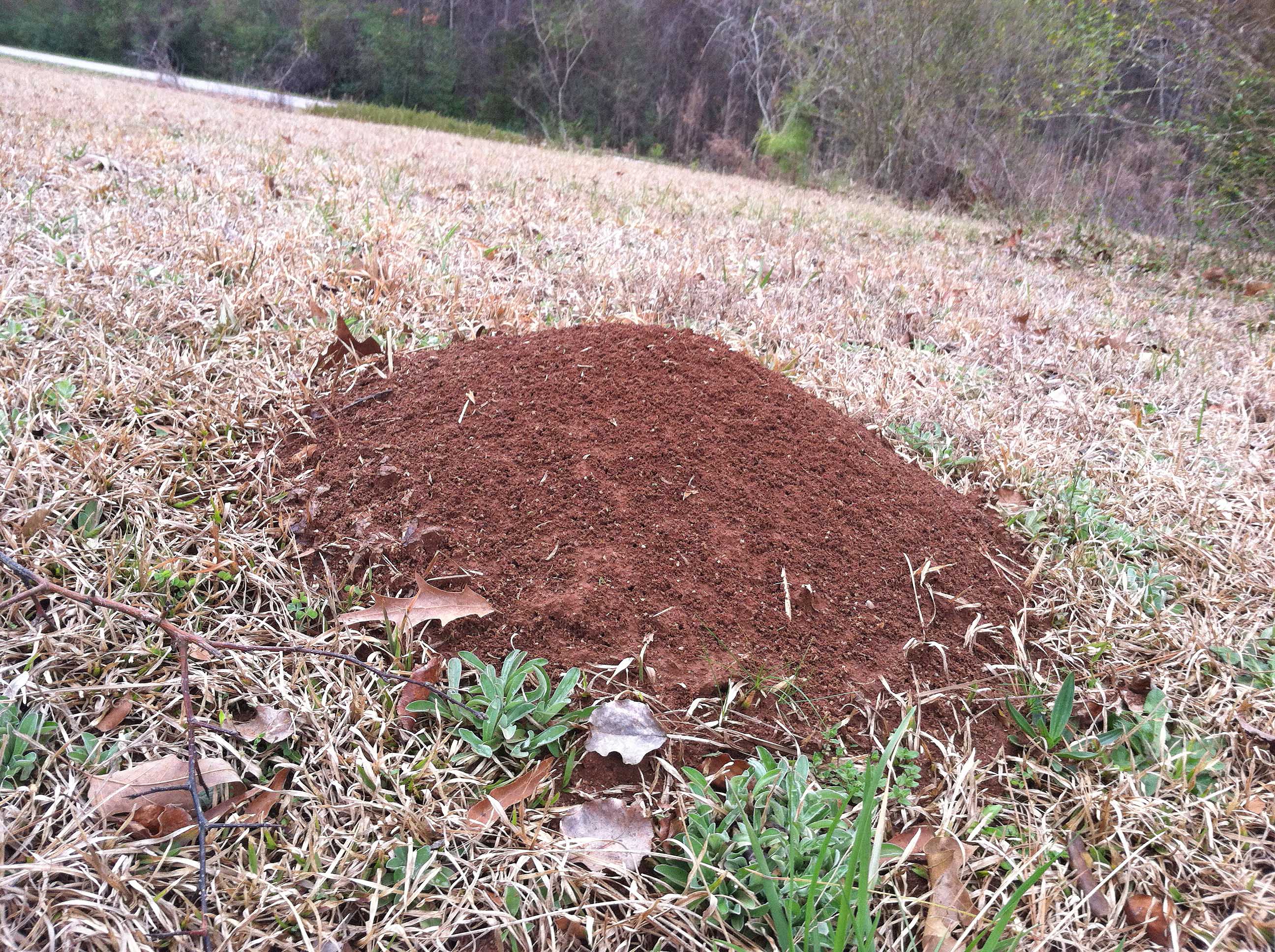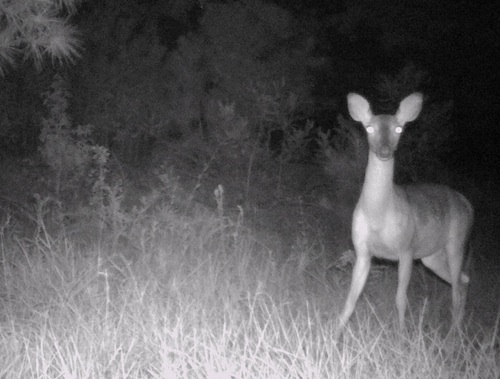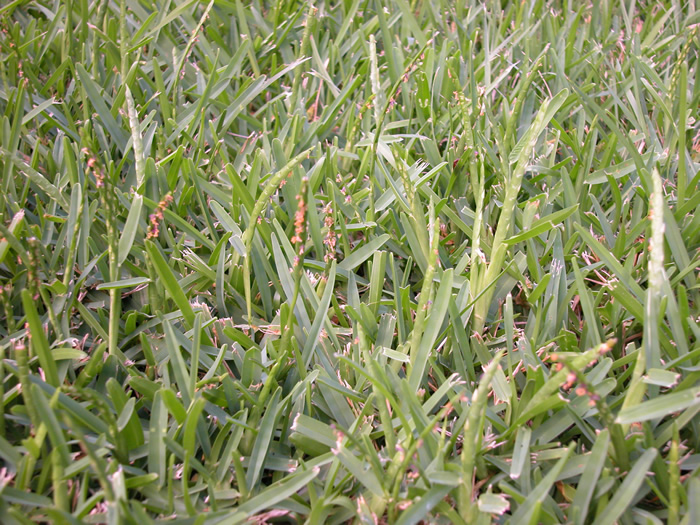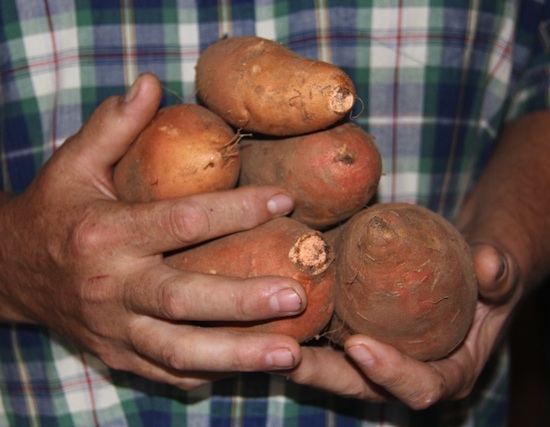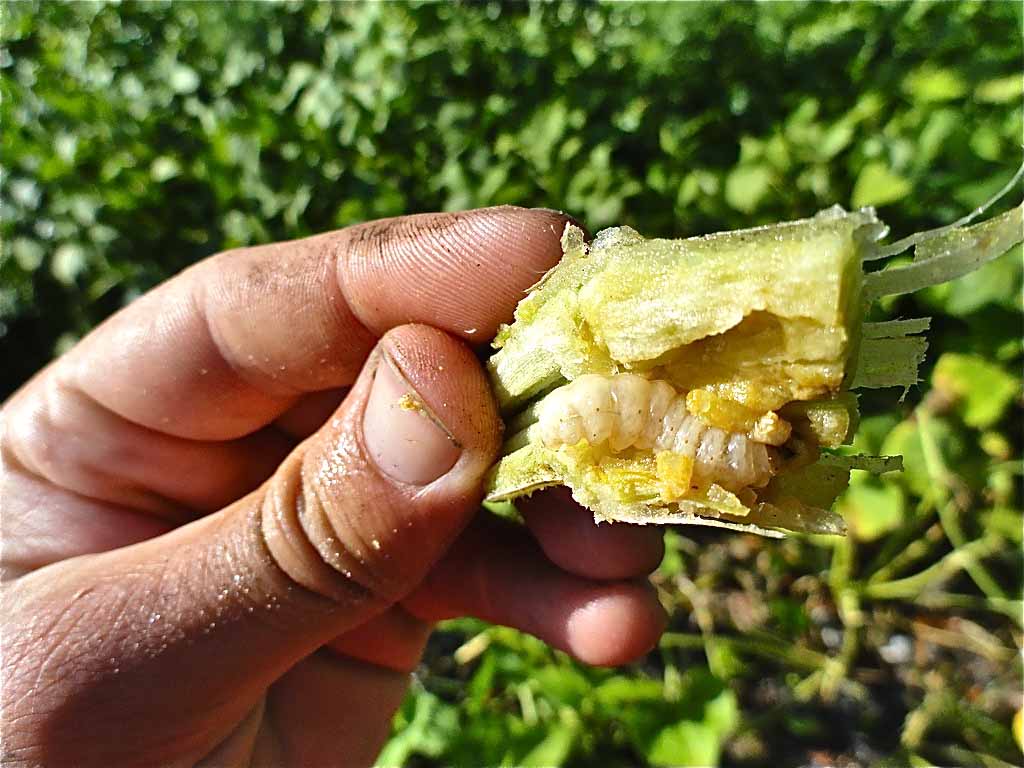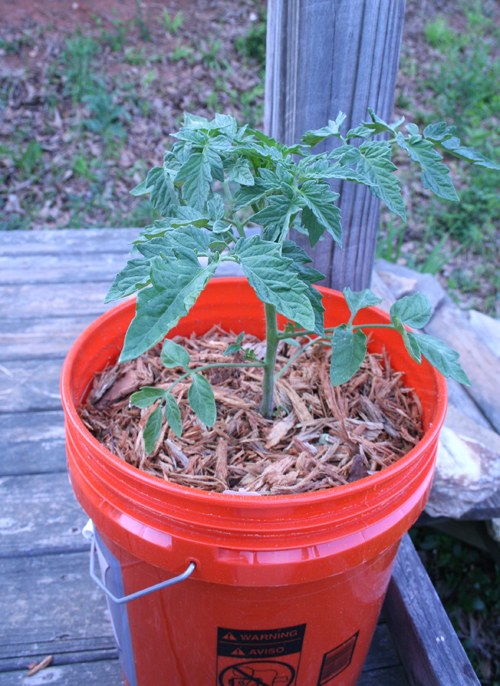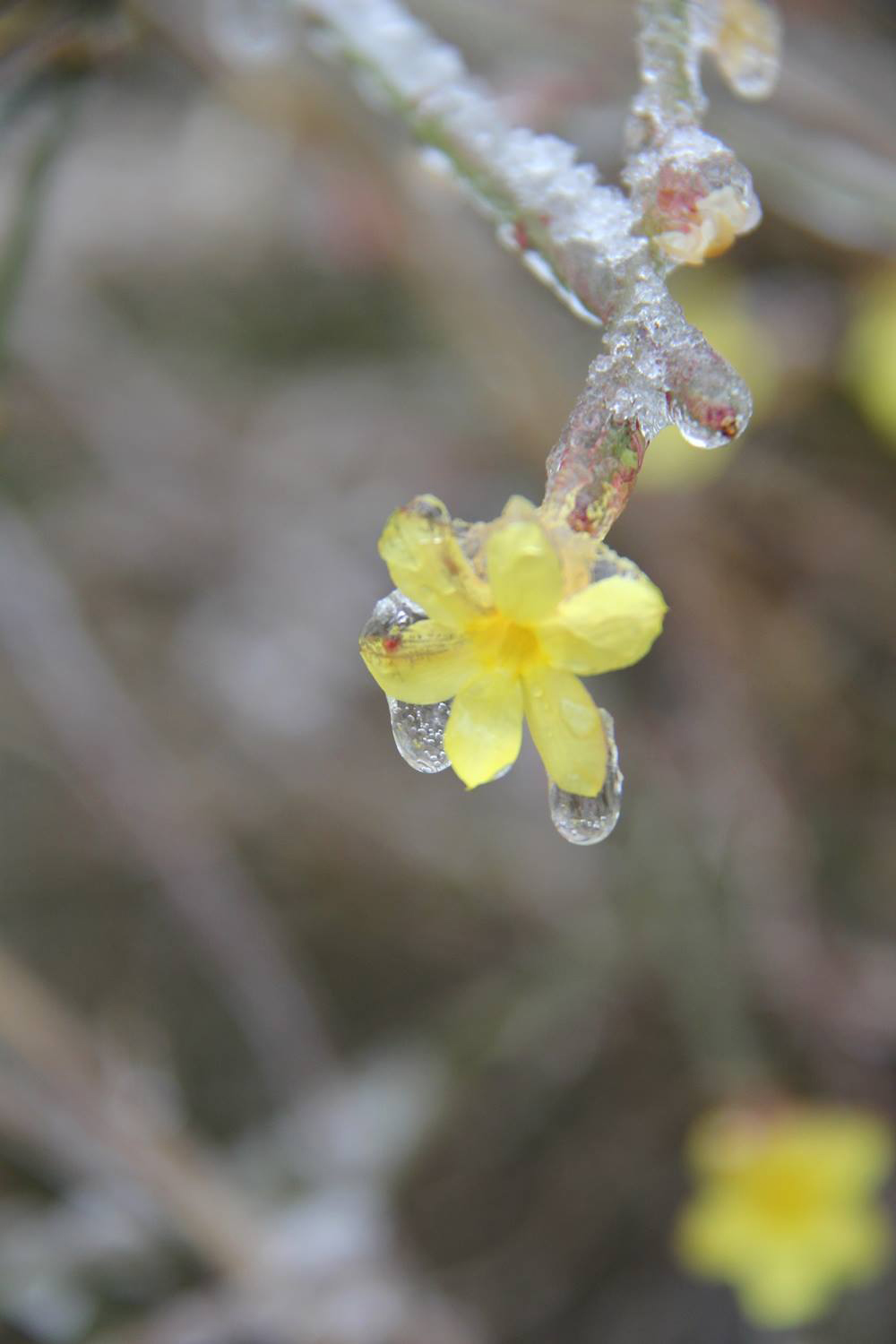 CAES News
CAES News
Late Frost
With the polar vortex sliding around unpredictably this winter and this spring’s weather projected to be unpredictable, at best, many Georgia gardeners may be weary of a late frost.

